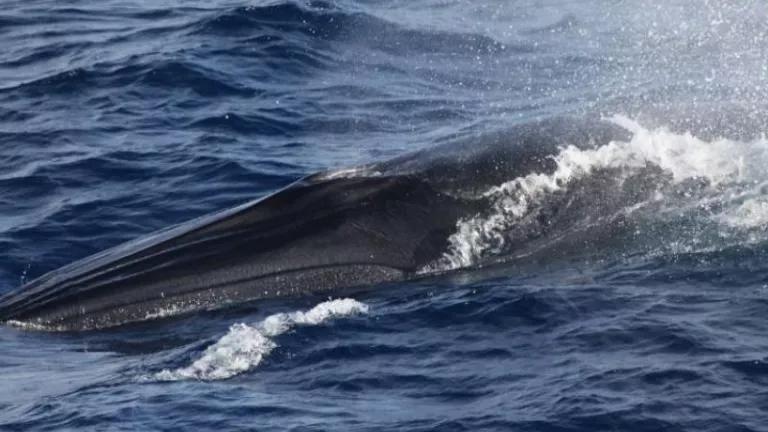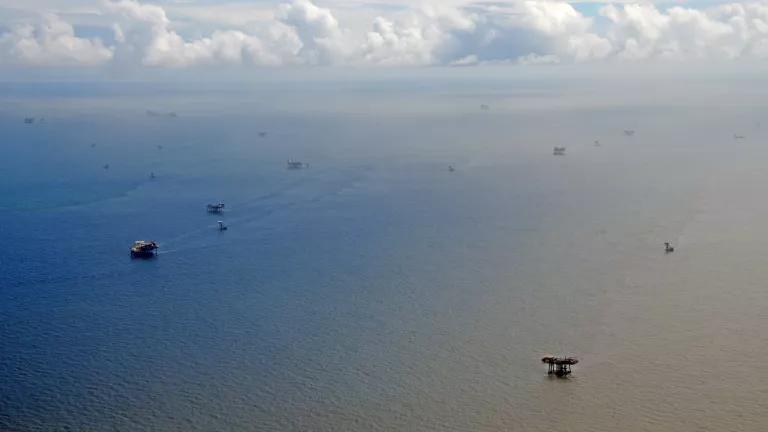The Mid-Atlantic Fishery Management Council today voted to protect the vast majority of the region's fragile deep-sea coral habitat by creating the largest ocean area in the U.S. Atlantic Ocean protected from destructive fishing gear. After three years of development, multiple stakeholder and science workshops, and several rounds of public comment - including one that generated over 120,000 letters, nearly all of which supported strong deep-sea coral protections - the Council's momentous action helps ensure that coral communities found within the more than two dozen deep-sea canyons offshore and along the continental shelf edge and slope from New York to Virginia remain intact and healthy, able to serve as shelter, breeding areas, and foraging habitat for countless other fish and shellfish.
Deep-sea corals come in a rainbow of colors and, unlike like their tropical reef cousins, their graceful shapes rise up from the hard ocean bottom and walls of submarine canyons deep underwater in the pitch-black depths of 50 meters or more. These corals - and associated species like sponges and anemones - are particularly abundant in the Mid-Atlantic's submarine canyons, which cut into the shelf approximately 60-100 miles from shore and can plunge as deep as the Grand Canyon. Deep-sea coral communities form the foundation of deep-sea ecosystems, but they are highly vulnerable, growing just millimeters a year. One pass of a fishing trawl net can in seconds scrape away corals that are thousands of years old. While offshore corals have largely been sheltered by the rugged terrain where they live, new fisheries can develop rapidly and today's vote protects these habitats now, before they are lost for centuries.
We are still learning about the deep ocean life supported by the Mid-Atlantic's coral communities. Recent U.S. National Oceanic and Atmospheric Administration (NOAA)-led explorations have identified more than 40 coral species in their Atlantic Coast expeditions, at least three of which are believed to be new to science. Some coral spots are so abundant that scientists described them as coral "forests." In Baltimore Canyon offshore Maryland, scientists found a colony of bubblegum coral -- so named for their bulbous, pink, branch ends -- nearly 15 feet tall. Coral and sponge communities have contributed to scientific and technological advances in cancer treatments, artificial synthesis of human bone, and more durable optic cables. It may well be that the ocean species we are finding - including two potentially new species found in our Block Canyon in 2013 - may lead to new medical treatments. Because deep-sea corals live so long, scientists can also learn about historic changes in global climate and ocean current systems through trace elements and isotopes incorporated into their coral skeletons.
NRDC congratulates the Council on its landmark vote to safeguard this highly vulnerable, distinctive, and pristine ocean habitat for this and future generations. We will continue to follow this action as it is submitted to the National Oceanic and Atmospheric Administration for approval.




